If demand and supply suddenly changed in your business, are you geared up to quickly update your prices to capitalize on the situation?
Now today’s story starts at EB Games. If you own a Nintendo or a PlayStation or maybe a Wii, the chances are that you’ve gone to an EB Game Store to buy some games for your console.
Now EB Games used to be a profitable business. Things have changed more recently as people buy more and more things online, especially the users of these types of games, who generally are savvy with technology.
Their sales have declined and so they decided to offer a sale.
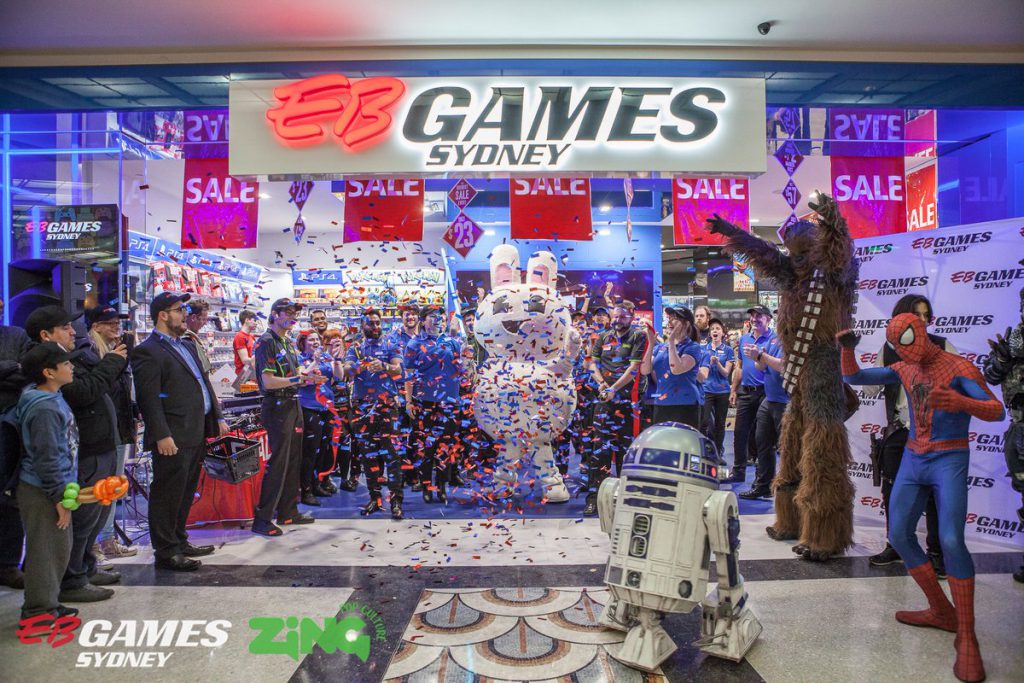
And then they had another sale.

And they had a 50% off sale.

Then another 50% off sale.
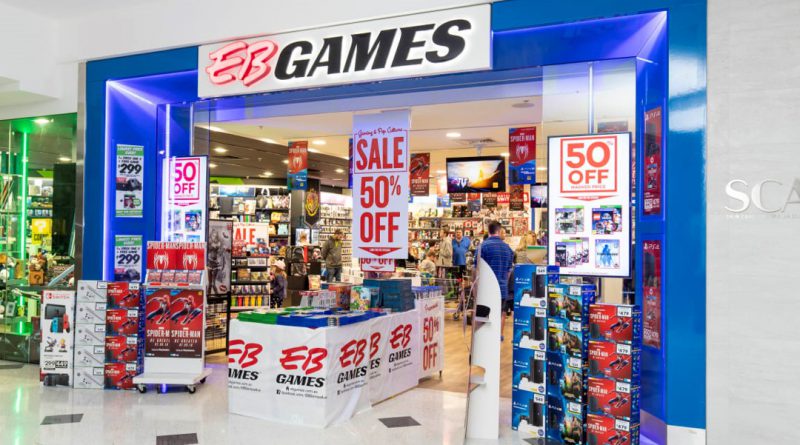
Then a half-price sale.

And another half-price sale.
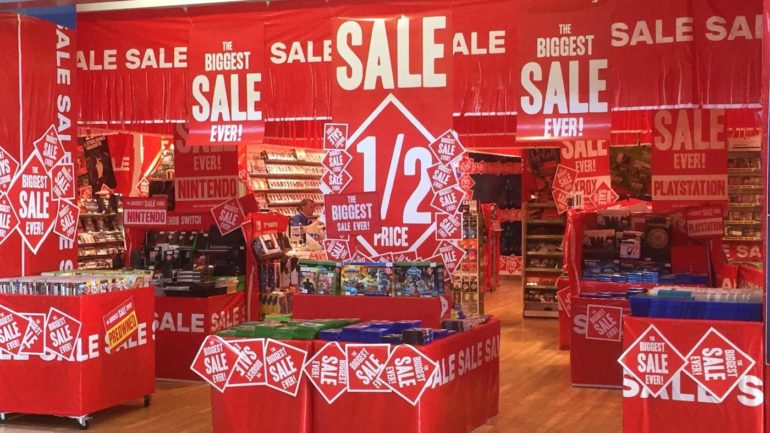
Then they offered 5 games for $269.
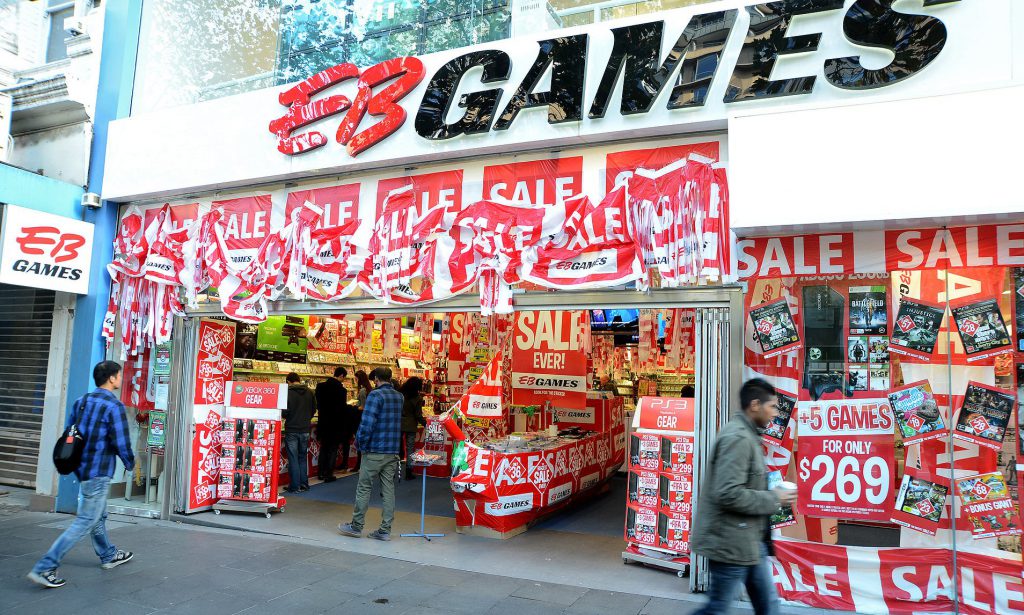
Then they had their biggest ever sale, offering 5 games for $269.

And then they had their biggest ever half-price sale.

It was just one sale after another, and their customers started to get used to this and realised there is no point buying these games unless they are on sale! And so essentially, they had become on sale the whole time. As a result, their profit has deteriorated.
EB Games is owned by an American Company called GameStop and investors in GameStop started to realise that the profit was deteriorating. Some very clever investors called Hedge Funds decided that they would borrow those shares and sell them for about $20, hoping that the share price would go down and they would buy those shares back for less than $20. This became a very very common trade. Lots of Hedge Funds started doing this. Then some smart people on a conversation platform called Reddit got wind of this and they decided “what if we all get together and we start buying more and more of these shares and pushing the share price up, and then everyone who has sold the shares will need to buy them back again. That will push the share price up even further and then we can sell out”.
That is exactly what happened. In the space of only about 2 weeks, in January this year, the share price of GameStop in America went from less than $20 to $350. A 17 times increase in the space of 2 weeks! And then it all came crashing down once again. They haven’t fallen quite down to $20 yet but they’re certainly heading in that direction.
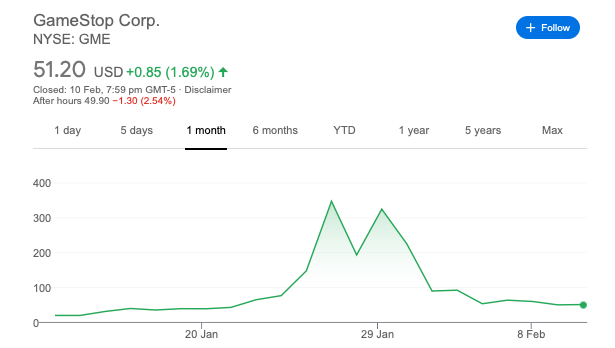
Now what the share market does very very well is they price efficiently and the share price updates very very quickly when you see changes in demand and supply. In this case we have had a huge surge in demand for these shares and as a result the price went up really really quickly. It took that rise in price in order for the market to clear in for demand to match supply and then as more and more supply came into the market, the share price fell back down again.
My question to you though is: What happens in your business? If demand suddenly spikes or if supply falls (supply of your product), what happens to your prices? Do you use Dynamic Pricing which will result in your prices automatically adjusting to optimise your profit, or do you have a static pricing approach where your prices stay the same and as a result your profit is less than it could be and it should be?
Only the businesses that use Dynamic Pricing are able to truly realise the potential of changing prices to grow their profits.
If you would like to see this post in a video format, then please watch below:




